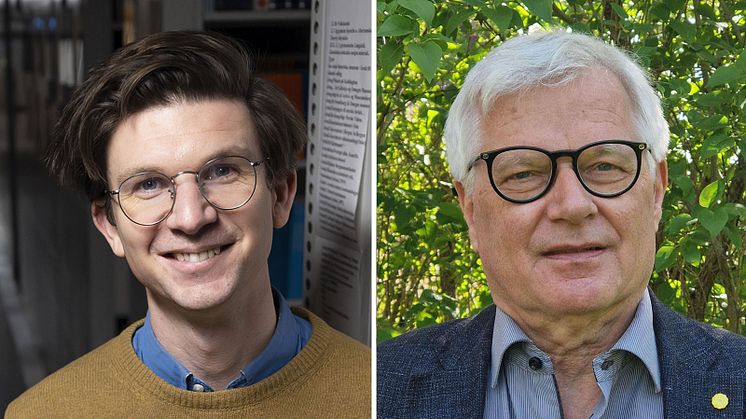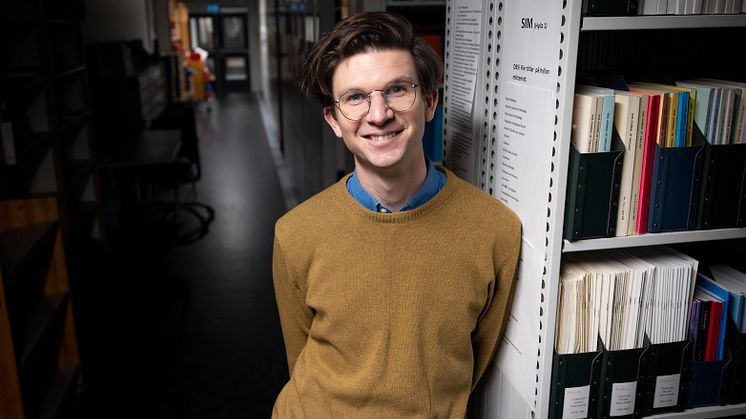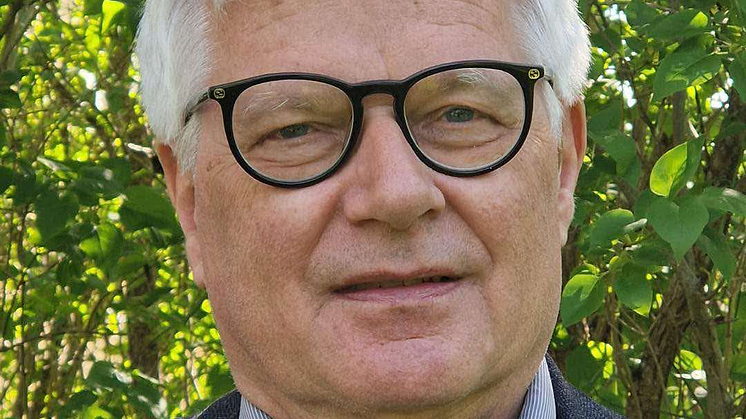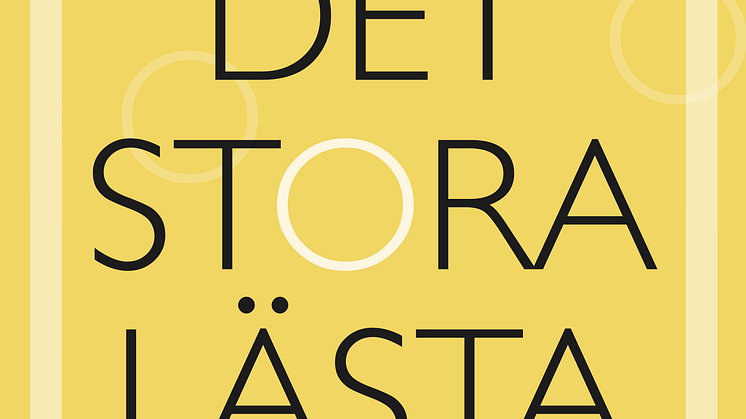
Press release -
New book charts stylistic patterns in Swedish novels
What are the stylistic differences between well-known Swedish authors? And is it possible to distinguish a prestigious writer from a more popular one? The answer is that there seem to be many different ways for authors to capture their audience. This is the conclusion reached by Karl Berglund and Johan Svedjedal, who have used computer-aided analysis to map 20th century Swedish literature.
Can literary quality be measured? In their newly published book Det stora lästa. Fjärrläsningar av klassiska svenska romaners stilvärldar 1910–1999 (The Big Read. Distant readings of the stylistic worlds of classical Swedish novels 1910–1999), literary scholars Karl Berglund and Johan Svedjedal enlist the help of computers to study stylistic differences between 339 novels published during the 20th century. The method known as distant reading involves measuring a wide range of concrete indicators of style in digitised novel texts – from sentence length and punctuation to word classes, vocabulary and unique words. All the findings are then combined in a multivariate analysis, resulting in a kind of stylistic space where different authors tend in different directions.
“Distant readings make it possible to compare large groups of authors with each other. For example, it is well known that Stig Dagerman writes in widely differing ways in his novels. In our analysis, we can show that his stylistic variation is extreme in comparison with all other authors in our study. No one else changes their style as much as he does between De dömdas ö (Island of the Doomed) and Bränt barn (A Burnt Child). Which is a considerable literary feat given that the novels appeared in succession, with only a two-year gap between them,” says Berglund.
Unexpected correspondences between Selma Lagerlöf and Sigge Stark
The novels analysed include both works that have achieved canonical status and books that have become popular with a wider audience – sometimes both.
Based on the different types of success, authors have been divided into three broad categories. The analyses juxtapose highly respected authors such as Karin Boye and Pär Lagerkvist with more popular writers such as Sigge Stark and the Sjöwall Wahlöö team.
“In the book, we highlight unexpected correspondences in literary history, such as the fact that Selma Lagerlöf and Sigge Stark write in linguistically similar ways. Or that Harry Martinson and the now more or less forgotten working-class writer Ann-Charlotte Alverfors have clear stylistic similarities. In both, the prose is characterised by expressive and original compound words in a way that is not found in any other authors in our study,” says Svedjedal.
Many different styles can capture the audience
The book shows that there are clear differences in style at the group level between writers of high literary prestige and popular authors.
“A crime writer like Henning Mankell can be seen as typical of popular authors in that he writes with short sentences, few subordinate clauses, a high proportion of verbs and a low proportion of adjectives. His prose can be called efficient or artless, depending on perspective. At the other end of the spectrum, there are typical modernists, such as Gösta Oswald, who play with language, have long winding sentences that lurch this way and that, plenty of unusual words and descriptive adjectives – and also a lot of unusual punctuation such as semicolons and parentheses,” says Berglund.
Having said that, the relationship between popularity, prestige and literary style is more complicated than that.
“Mankell and Oswald are extremes in a wide range, but a key finding is that it does not make sense to talk about stylistic quality in the singular. On the contrary, our results show that there are many different stylistic qualities, many ways to capture audiences and arbiters of taste,” says Svedjedal.
Contact
Karl Berglund, Assistant Professor in Literature at Uppsala University
Telephone: +4672-9999156
Email: karl.berglund@littvet.uu.se
Johan Svedjedal, Professor emeritus at Department of Literature and Rhetoric, Uppsala University
Telephone: +4670-3669943
Email: johan.svedjedal@littvet.uu.se
Read the book
The book is available to read digitally in DiVA (in Swedish)
Topics
Categories
Founded in 1477, Uppsala University is the oldest university in Sweden. With more than 50,000 students and 7,500 employees in Uppsala and Visby, we are a broad university with research in social sciences, humanities, technology, natural sciences, medicine and pharmacology. Our mission is to conduct education and research of the highest quality and relevance to society on a long-term basis. Uppsala University is regularly ranked among the world’s top universities. www.uu.se



